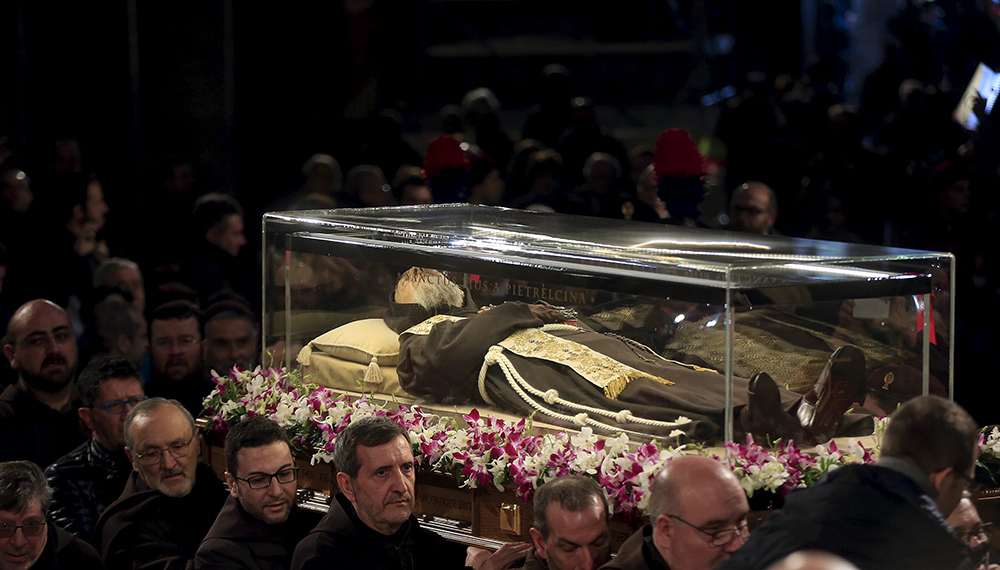The canonization process is comprehensive and exhaustive. No proverbial stone is left unturned when the Church investigates whether someone is in heaven. Canonization is pronounced with divine verification. Part of the process includes a thorough examination of a person’s writings and statements made about them. A main task of the canonization process is to prove that the candidate lived a life of heroic virtue and to substantiate that miracles can be legitimately attributed to their intercession.
Another part of the canonization process is to exhume the candidate’s mortal remains. This is done for several reasons. Exhumation confirms that the person lived and died. That might sound strange, but the Church wants to be positive of even the most basic, simple facts. Professionals such as anthropologists examine the remains to see if they match the known historical information known about the candidate. And perhaps new information is learned from the exhumation itself.
In some cases, the candidate’s body is incorrupt. If scientifically inexplicable, this no doubt adds to the reputation of holiness for the candidate — although incorruption itself is not a miracle fulfilling those required for canonization.
Many times sainthood candidates’ mortal remains are enshrined in a church or chapel at some point after the person is declared Venerable, and so exhumation is necessary for that. Exhumation also allows for relics to be distributed to churches, etc., for veneration by the faithful, typically after the beatification process.
Michael R. Heinlein is editor of Simply Catholic. Follow him on Twitter @HeinleinMichael.

